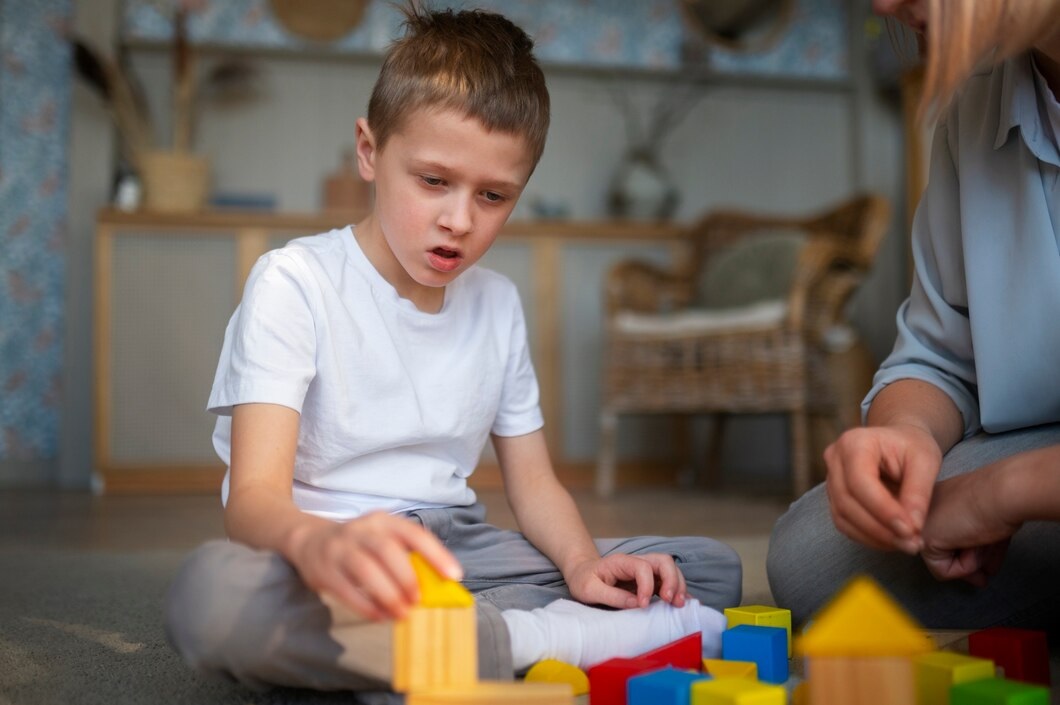Childhood. It’s a time of discovery, growth, and building essential life skills. But what if the path to acquiring these skills isn’t as straightforward for some kids? Enter the realm of occupational therapy, especially its unique role for children with Autism Spectrum Disorder (ASD).
Why Occupational Therapy Matters for Children with Autism
For kids with ASD, the world can sometimes feel overwhelming or confusing. Bright lights, unfamiliar sounds, or the texture of certain foods might be particularly unsettling. Their cognitive and sensory processing may differ, making everyday activities – like dressing or eating – more challenging. Quality OT expertise for children offers a bridge, a way to navigate these challenges and thrive in various settings.
Personalised Approaches: No One-Size-Fits-All
Every child is unique, and this is especially true for those on the autism spectrum. Some might be hypersensitive to sensory inputs, while others may be hyposensitive. Thus, the strategies employed need to be customised.
Take, for instance, a child who is overly sensitive to touch. Standard clothing might feel like sandpaper on their skin. An occupational therapist might recommend specific fabrics or clothing without tags. On the other hand, a child who seeks more sensory input might benefit from weighted blankets or sensory-rich toys.
Tools and Techniques: Beyond the Therapy Room
The goal of child occupational therapy support isn’t just about managing in the therapy room. It’s about translating those skills to real-world scenarios.
- Visual Schedules: These can help children anticipate daily activities, reducing anxiety linked to unpredictability.
- Social Stories: They’re mini-guides for social interactions. A child might have a social story about visiting the dentist, which breaks down the experience step-by-step.
- Sensory Diets: Contrary to what the name might suggest, this isn’t about food. It’s a tailored set of physical activities that provide the sensory input a child requires. This could include jumping, swinging or even just carrying heavy objects.
Building on Strengths, Not Just Addressing Challenges
Here’s a crucial perspective shift: therapy isn’t just about ‘fixing’ or ‘managing’ autism symptoms. It’s also about identifying and harnessing a child’s strengths. A kid might struggle with verbal communication but have an incredible aptitude for music or visual arts. Occupational therapy can channel these strengths, providing avenues for self-expression and confidence-building.
Parents and Carers: Key Players in the Journey
A therapist can offer tools and strategies, but real change happens at home. It’s a team effort. Regular feedback between therapists, parents, and carers is essential. After all, those closest to the child often have the most profound insights into their needs and preferences. Plus, integrating therapeutic techniques into daily routines ensures more consistent progress.
For instance, if a therapist introduces a new sensory tool or technique in a session, using it regularly at home can reinforce its benefits. Regular home-based practice can lead to more rapid skill acquisition, building a child’s confidence in their abilities.
In Conclusion: A Journey of Support and Understanding
Child OT support with autism isn’t about changing a child but rather offering support tailored to their unique needs. It’s about celebrating every achievement, no matter how small. And in this journey, each step, each tailored strategy, and every moment of understanding creates a world where every child, including those with autism, can thrive and shine.
So, as we traverse the landscape of life with our children, we must remember that support, patience, and tailored approaches make all the difference. And in this realm, occupational therapy stands as a beacon, guiding the way to success.




